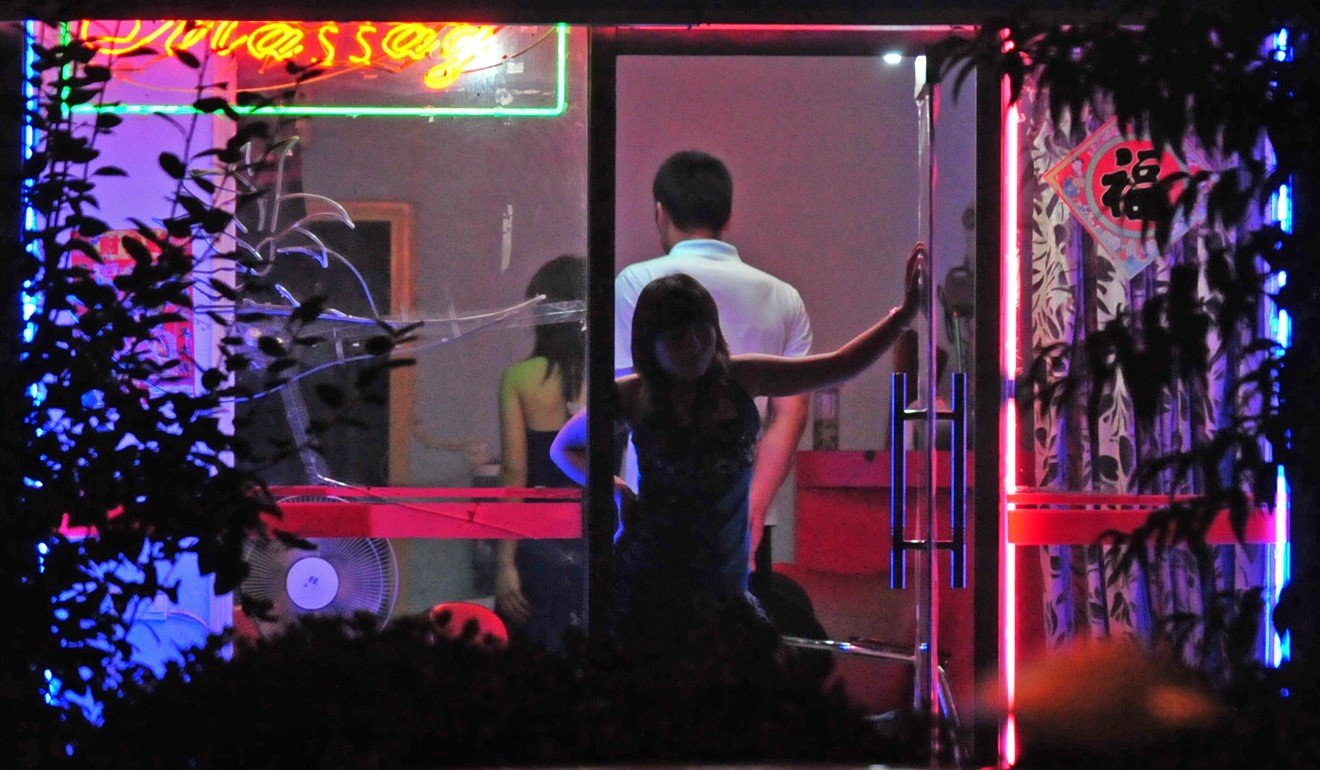
Sex trafficking in US massage parlours a US$2.5 billion business, study finds
Typical victims are recent Chinese or South Korean immigrant mothers
US traffickers make US$2.5 billion a year forcing women to have sex in massage parlours, according to a report on Wednesday describing victims as new immigrants with debts and no language skills.
The illegal massage parlour business is the second largest US human-trafficking industry after escort services, the anti-slavery group Polaris said in is study.
Typical victims are recent Chinese or South Korean immigrant mothers who speak little or no English and are burdened by debt, the study found.
They work in some 9,000 massage parlours found along highways and behind storefronts in strip malls across the country.
New York and California are the main ports of entry for recruits who often are lured by acquaintances promising a legitimate job, it said.

The study’s finding that the industry makes some US$2.5 billion a year is the first time an estimated value has been made public, said Rochelle Keyhan, the report’s lead author.
Globally, human-trafficking earns profits of roughly US$150 billion a year for traffickers, according to the International Labour Organisation. That figure includes profits from sexual exploitation and forced labour.
Polaris said it reviewed some 3,000 cases and interviewed law enforcement and survivors.
Rooting out trafficking rings behind operations hiding in plain sight would require the public learning to decode signs of illicit set-ups, it said.
Those signs might include surveillance cameras, entrances equipped with door buzzers, covered windows or female staff serving customers at odd hours, Polaris said.
Also helping in the fight would be higher public awareness of the crime, Keyhan said.
“Unfortunately the dominant narrative around this type of trafficking is that it’s all consensual,” she said.
Laws governing massage parlours are riddled with loopholes that allow for criminal operations, Polaris said.
The Washington-based group cited San Francisco, which regulates hours of operation of massage businesses, as taking a positive step. The move resulted in the closing of more than 100 massage parlours, it said.
Globally, more than 40 million people are victims of human-trafficking, according to the ILO. An estimated 4 million of them are forced into sexual exploitation.

